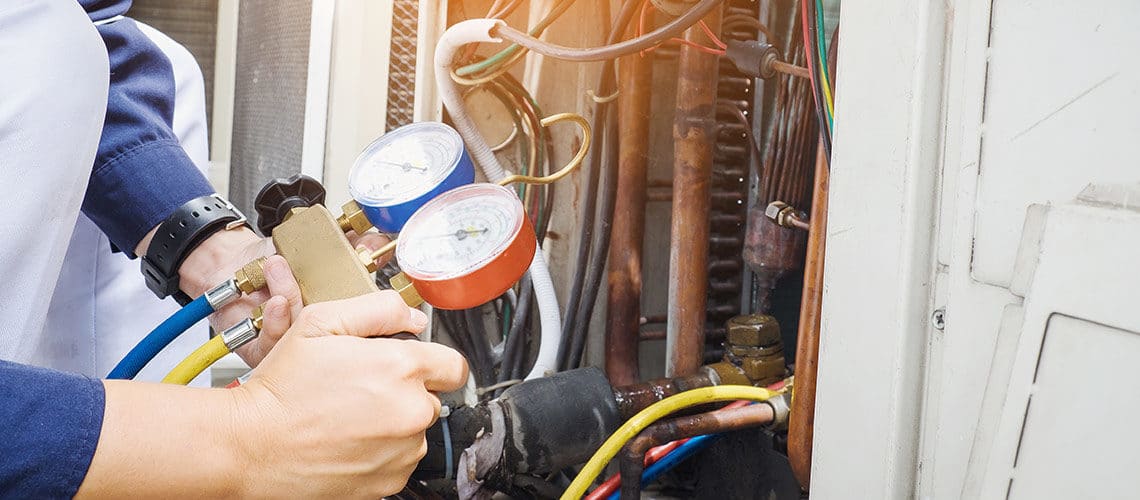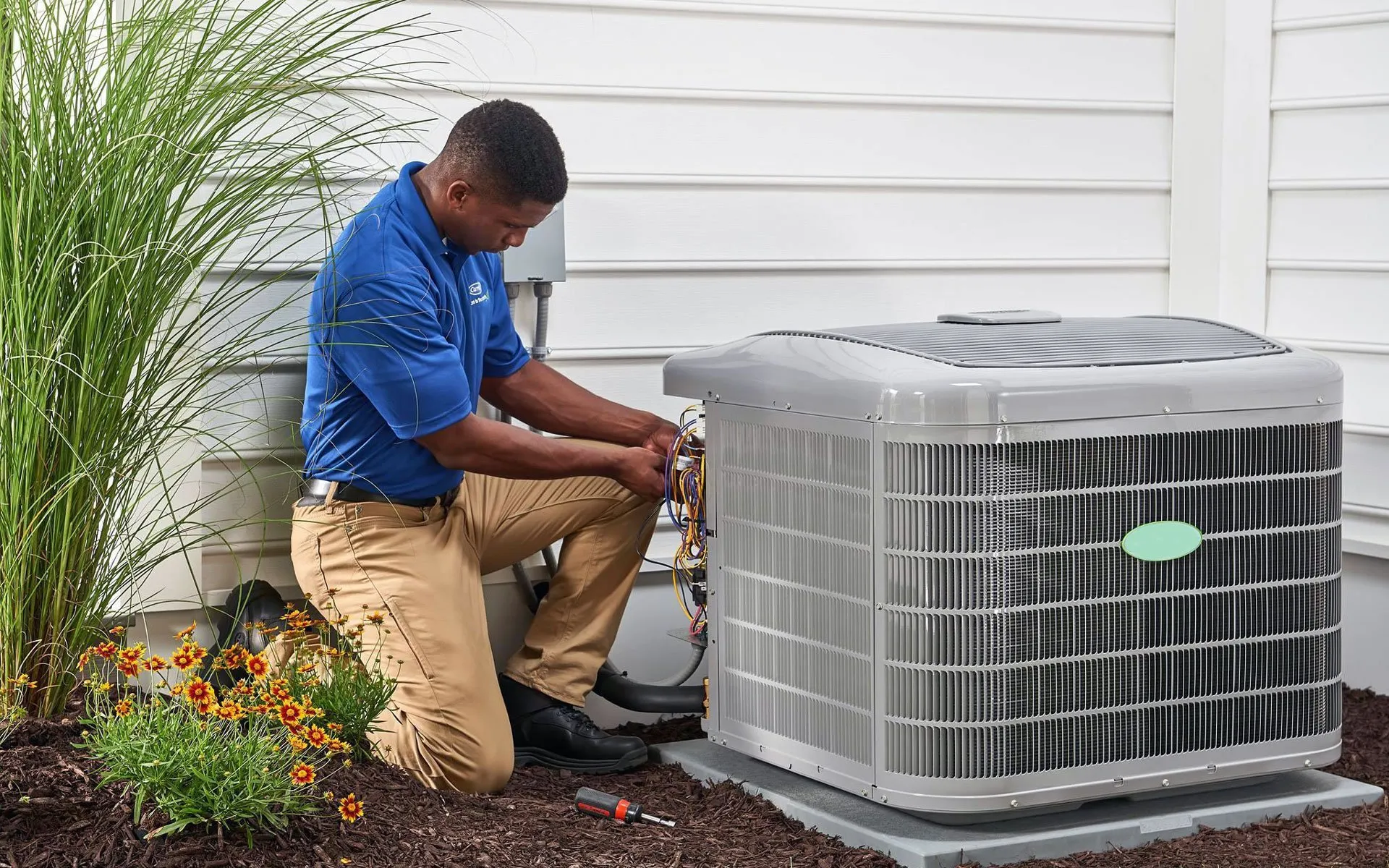How to Improve Power Efficiency With Your Heating And Cooling System and Heater Upgrades
As energy prices continue to increase, the value of enhancing energy effectiveness with Heating and cooling system and heating system upgrades can not be overstated. Evaluating your existing system's efficiency and considering energy-efficient options are important initial steps.
Analyze Your Existing System
Before starting any type of upgrades, it is vital to analyze your current cooling and heating system and heating system to understand their effectiveness and performance. This preliminary evaluation gives a foundation for determining locations that call for improvement and notifies decisions regarding potential upgrades. Begin by analyzing the age of your a/c system, as outdated models might lack contemporary energy-saving attributes.

Power usage documents will likewise contribute in gauging your system's operational expenses. By evaluating energy costs, you can determine patterns of energy use and identify spikes that necessitate further investigation. Take into consideration carrying out a specialist power audit to get a specialist evaluation of your system's performance. This detailed evaluation will certainly assist you in making notified options around needed upgrades, making certain that your financial investments in energy performance generate the wanted benefits.
Upgrade to Energy-Efficient Models
Upgrading to energy-efficient models is a pivotal action in enhancing the overall performance of your a/c system and heater. These modern units are made to consume less energy while supplying optimum cooling and heating, leading to substantial cost financial savings on utility bills and a lowered ecological footprint.
When considering an upgrade, try to find versions that have high Seasonal Energy Effectiveness Ratios (SEER) for cooling and Yearly Gas Utilization Effectiveness (AFUE) ratings for furnaces. These ratings show the performance of the devices, with higher numbers reflecting far better performance. Energy-efficient designs commonly incorporate sophisticated modern technologies, such as variable-speed electric motors and wise thermostats, which even more enhance power financial savings.
Additionally, numerous energy-efficient HVAC systems are furnished with boosted insulation and far better securing, which decrease power loss and boost interior comfort. hvac. While the initial investment might be greater, the long-term cost savings on power expenses and potential tax obligation motivations for making use Home Page of energy-efficient devices can counter this cost dramatically

Eventually, updating to energy-efficient versions not just adds to an extra lasting future but also boosts the convenience and effectiveness of your home or company.
Optimize System Settings
To make the most of the performance of your A/c system and heater, it is essential to enhance system settings customized to your certain requirements. Begin by establishing your thermostat to an energy-efficient temperature level.
Utilize programmable or smart thermostats that allow you to schedule temperature level changes automatically. This guarantees your system operates only when required, reducing power intake. Furthermore, make sure that your system is readied to run in the correct setting-- heating in winter and air conditioning in summertime-- while preventing the continual follower option unless required for air flow.
Think about zoning systems that allow customized comfort in various areas of your home, even more boosting efficiency. By fine-tuning these settings, you can attain considerable power cost savings while preserving a comfy living atmosphere.
Improve Insulation and Sealing
A well-insulated home is essential to making the most of the effectiveness of your Heating and cooling system and heater. Appropriate insulation decreases the workload on these systems, thus preserving power and lowering utility bills.
Along with insulation, sealing spaces and cracks is crucial. Pay special focus to home windows, doors, and any type of infiltrations in wall surfaces, such as electrical outlets and pipes fixtures. Weatherstripping and article caulking can successfully secure these openings, preventing drafts that compromise your heating and cooling efficiency.
Moreover, make sure that air ducts are correctly insulated and secured. Dripping ducts can bring about substantial energy losses, decreasing system performance. Utilizing mastic sealer or steel tape to seal duct joints can boost air flow and effectiveness.
Set Up Routine Maintenance
Routine maintenance of your a/c system and heating system is vital for ensuring optimal performance and long life. Arranged inspections and maintenance can determine prospective problems before they intensify, preventing costly repair work and inefficiencies. During upkeep, a certified service technician will certainly clean up and replace filters, check cooling agent degrees, inspect ductwork for leakages, and evaluate overall system procedure. This proactive approach not just improves power performance yet likewise lengthens the life-span of your equipment.
It is recommended to arrange upkeep at the very least two times a year-- when in the springtime for the cooling system and when in the succumb to the heating unit. hvac. Normal maintenance aids preserve consistent interior temperature levels, guaranteeing convenience throughout the year. In addition, a well-maintained system runs extra successfully, which can cause visible reductions in energy costs
Disregarding upkeep can lead to reduced effectiveness, boosted wear and tear, and ultimately, system failing. By prioritizing normal solution, property owners can avoid unexpected break downs and ensure their heating and cooling system and furnace operate at peak performance. Spending in upkeep is a critical action in enhancing power performance and creating a more lasting home environment.
Conclusion
To conclude, boosting power efficiency within cooling and heating systems and heating system upgrades is crucial for reducing power usage and enhancing overall convenience. An organized technique that includes examining the current system, purchasing energy-efficient versions, maximizing setups, improving insulation, and organizing routine maintenance can result in substantial benefits. Applying these methods not only decreases power bills yet likewise adds to a more sustainable environment, important source making it crucial for home owners to prioritize these upgrades.